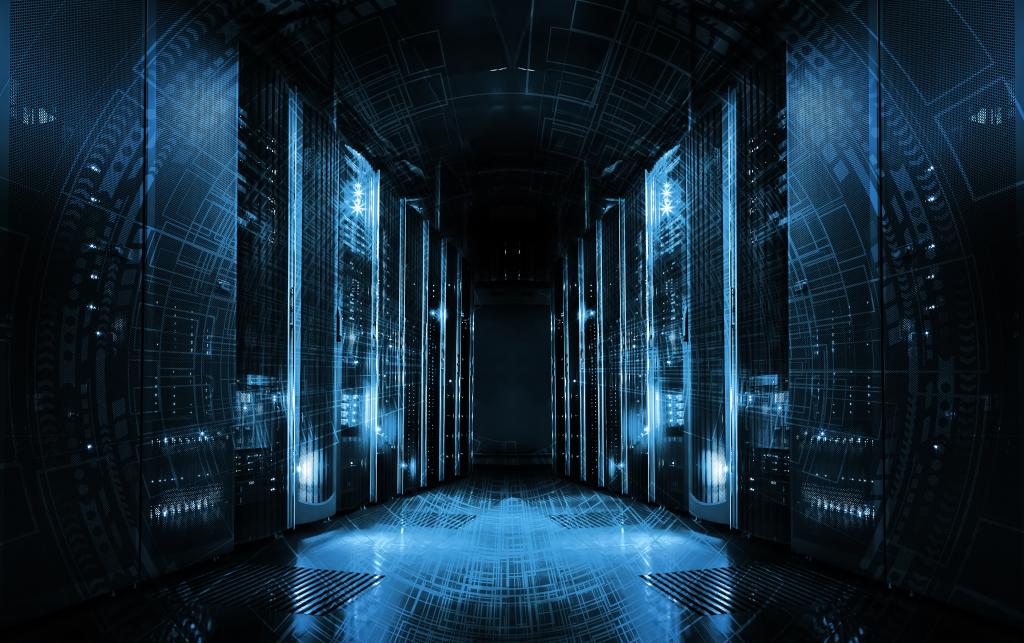Huawei cuts power consumption by 70% in new data centers

Pressure to use less electricity has led Huawei Technologies to build a new range of data centers that are designed with lower power consumption in mind. The new range, known as PowerPOD 3.0 data centers, are positioned as sustainable and reliable for emerging technologies that include 5G networks, artificial intelligence (AI) and Big Data systems.
Data centers are places that host a company’s IT and telecommunications equipment and whose infrastructures host a large number of servers and consume massive amounts of electricity. A typical data center can hold 100,000 computer servers.
The firm estimates that ongoing power costs are increasing at least 10% per year due to cost per kilowatt-hour (kwh) increases and underlying demand. Typically, 10% of data center operating costs relate to power and this figure will only increase in future as data centers continue to sprout.
Noting that data centers will only continue to grow in scale and importance, Jason Xia Hesheng, President of Huawei Digital Power Southern Africa, said that the PowerPOD 3.0 enables companies to reduce their carbon footprint by 40 per cent. Energy in particular, said Hesheng, presents a major challenge in local economies as data centers consume anywhere between 2% and 3% of the available power annually, thus putting on an additional strain on electricity grids.
“It is projected that by 2025, Africa will have more than 600-million internet users and 360 million intelligent end-users, necessitating the use of efficient data centers,” he explained, adding that they will need to be characterized by Sustainability, Simplification, Autonomous Driving and Reliability.
According to Hesheng’ the new low-carbon, smart data centers are built to enable customers pursue modern transformative technologies such as 5G and AI while protecting the planet. This, he said, is necessary as there is a shortage of power on the continent and the little that is available needs to be used optimally.
Available data shows that the average annual Power Usage Effectiveness (PUE) rating of local data centers here is 1.8, meaning that they aren’t as efficient as they could be. Power Usage Effectiveness is an indicator for measuring the energy efficiency of a data center and an ideal rating is 1.0.
“At Huawei, we are ready and willing to contribute to green development in Africa and are proud of our tradition of ensuring that all technologies are sustainable while pushing the boundaries of innovation,” noted Hesheng.
As economies look to decarbonize, they will have to do so without compromising on performance or drastically increasing their physical footprints, given that the initial construction of a data center accounts for a third of its costs, with the other two-thirds coming from O&M.
Being the “heart” of the data center, the power supply system should integrate and innovate all devices in the power supply chain.





